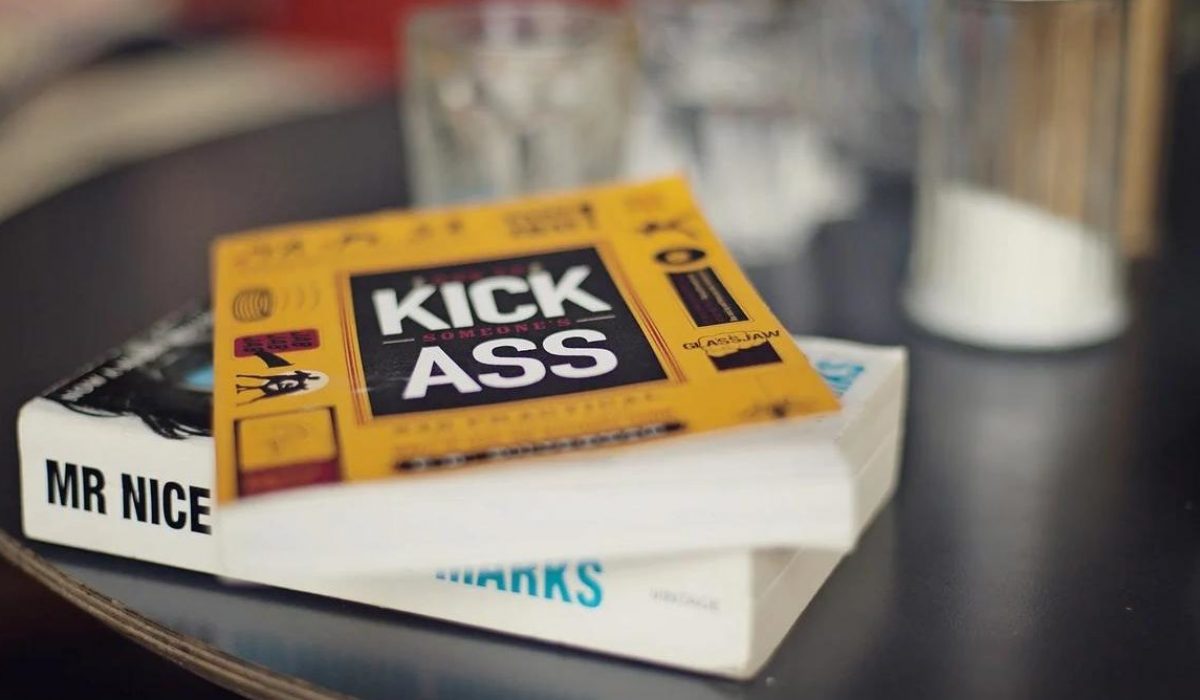Publishing a coffee table book is a dream of book lovers everywhere, but where to begin? Self-publishing a coffee table book requires planning, commitment and most importantly a uniquely great idea.
Who doesn’t love flipping through a beautifully designed, attention-grabbing coffee table book on a Sunday afternoon? While the prospect of bringing your own to life may seem daunting, we’re here to help you with a step-by-step guide on how to publish a coffee table book.
Whether you are a photographer, an artist, a cook, an author or simply a creative with a great idea, creating your own coffee table book is an incredible way to showcase your vision.
Thanks to advances in design and printing technology, you don’t need a team of dozens of professionals to publish a coffee table book — or any other type of book that you have in mind.
A coffee table book is usually oversized compared to a typical novel. It is more likely than not a hardcover and is usually dominated by photos or imagery. The category covers a wide range of books such as cookbooks, art books, photography books, architectural showcases, fashion books and something as simple as a book of embarrassing dad jokes.
#1 Coffee table book ideas
A coffee table book is only as good as the idea behind it. This may sound obvious, but the first step to crafting your eventual best-seller (fingers crossed) is coming up with a unique idea that will stand out in the marketplace. If your end goal isn’t to sell books, a concept that would make a unique gift for family and friends is another great place to start.
If you already have a particular interest or expertise in a subject that would make for a visually-stunning book, incredible. A great place to look for inspiration is in the marketplace. Go to your local book shop and see what they display prominently. If you can’t get out, browse leading online bookstores such as Bookshop, Barnes & Noble or Amazon.
This isn’t to say you should copy the best-selling book idea. Instead, seek inspiration and conceptual ideas that you can relate to your own experience to.

#2 Find your vision
Now that you have an idea for your book, it’s time to think visually. If your book is a photography book, start digging through photo archives or better yet, get out and start shooting. If your book is more conceptual such as a guide to urban gardening or a culinary guide to street food, you may wish to create illustrations to accompany photography.
Study different styles of books to determine the general look and feel that you want your book to have. If you’re new to design, don’t worry. Look for comparative examples that catch your eye to start. Don’t worry about what you like about them at first. Once you have a general sampling of design that you wish to focus on, think about what specific aspects you like and how they might work for your book.
#3 Formulate the layout and design
What comes first? The text or the layout?
This is going to depend on a number of factors. What type of book you are looking to create is the biggest question at this point. If your coffee table book idea is text-heavy and depends on blocks of texts or even a story running through, you may want to move toward your text first.
If you’re self-publishing a coffee table book of photography or illustrators or design, layout and design should come first.
Start thinking about how you want to showcase the images. Will each page consist of a photo stretching the entirety of the page? Or will each page be dynamic and feature multiple images, blocks of text, maps and illustrations?
You may wish to bring on a book designer or even an illustrator to help bring your bespoke idea to the paper. Once you have a general layout, you need to decide on typography choices and a color palette that will tie your project together.

#4 Text, text, text
Images drive coffee table books. That can’t be denied, but weak supporting text can be a grave mistake.
A coffee table book can come in a variety of formats. That’s what makes it one of the most excited and best-selling mediums in print. Because of that, the type of text and content can vary widely from small blurbs to captions to full pages of text.
Most coffee tables books at a minimum will include an introductory text, usually a conclusion, bibliography, captions and finally an index.
Once you have a manuscript in place, it’s highly advised you seek out an editor or at a minimum a group of readers. These godsends will proof your text not only for errors but also to make sure that everything is clear.
#5 Put the pieces together
If you’ve gotten this far, congratulations. Your idea is starting to resemble an actual book. The text is ready. Your general design and layout are set. You know the color scheme and have your fonts picked out.
It’s time to put the pieces together. This is a great time to involve a designer, but if you are self-publishing a coffee table book on a tight budget, look to other books as references and try to maintain a design and layout scheme throughout so there is consistency.
Once your text, images, illustrations and other visual elements are in place you can start making your tweaks. Would a photo look better if it stretched across the spread of the page? Should this header be larger? Play with your project and make it your own.
#6 Cover design
Great cover design is make-or-break when it comes to the sale of most coffee table books. When you begin the cover design process is up to you. Some authors like to start with the cover and use that cover art to begin raising funds for their book or start pre-sales before the book is ever finished. Others prefer to wait and see what the book looks and feels like before deciding on the ever-important cover.
It’s highly advised to hire a graphic designer for your cover, even if you want a photo to dominate the page. The title font selection, placement, colors and everything else in-between must work together to catch the eye of a bookshop browser. Coffee table books, after all, are meant to be beautiful objects that enhance a room.

#7 Coffee table book printing
The world of printing can be confusing, complicated and expensive. Self-publishing a coffee table book will likely pull you into the murky waters of book printing. If it’s your first time, the terminology alone can be scary.
You will likely want to print with an offset printer if you are printing 500 or more copies. Offset printers, also known as offset lithography, are commercial printing method that uses printing plates. The result is an extremely vivid and clean print job that can’t be compared to digitally.
Printing with an offset printer is expensive when printing less than 500 copies, but when your print run raises to 1,000 or more it becomes significantly more affordable than digital.
This is especially true when printing overseas. Offset printers in China are some of the most experienced technicians and are able to print at unbeatable prices. The logistics and importation unfortunately can be tricky and there are risks of major spikes in price if things aren’t handled properly.
Related: Book printing in China frequently asked questions
Prensa Press is an expert in book design and overseas printing. We work with our clients through each step of the book-making process. For self-publishing authors, we can also simply handle the printing and door-to-door delivery of your finished work.

